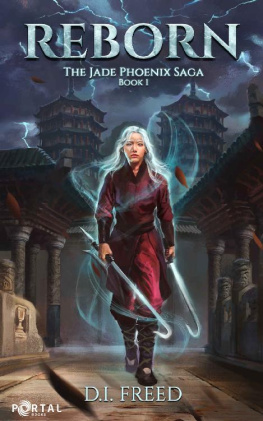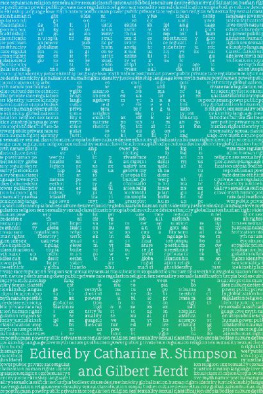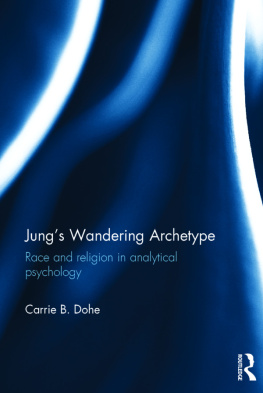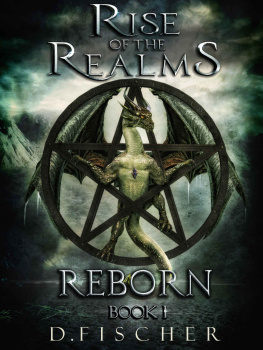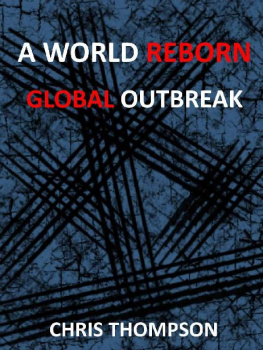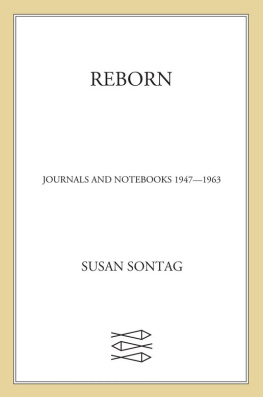
Page i
Psyche Reborn
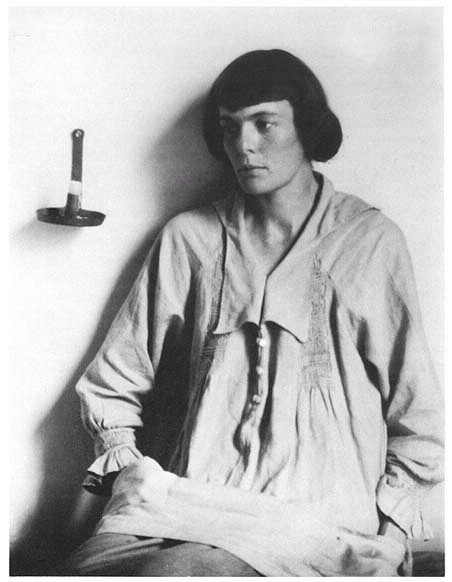
Page ii
Photo of H.D. by Man Ray

Page iii
Psyche Reborn
The Emergence Of H.D.
Susan Stanford Friedman
Indiana University Press
Bloomington
Page iv
First Midland Book Edition 1987
Copyright 1981 by Susan Standford Friedman
All rights reserved
No part of this book may be reproduced or utilized in any form or by any means, electronic or mechanical, including photocopying and recording, or by any information storage and retrieval system, without permission in writing from the publisher. The Association of American University Presses' Resolution on Permissions constitutes the only exception to this prohibition.
Manufactured in the United States of America
Library of Congress Cataloging in Publication Data
Friedman, Susan Stanford.
Psyche reborn.
Includes bibliographical references and index.
1. Doolittle Hilda, 18868961. 2. Poets, American20th centuryBiography. 3. Psychoanalysis and literature. 4. Occultism in literature. I. Title. PS3507.0726Z66
1981 811'.52 [B] 808378
cl. ISBN 0253378265
pa. ISBN 0253204496
AACR1
2 3 4 5 6 91 90 89 88 87
Page v
For the guardians of my beginnings,
with love and respect,
Anne Thompson Stanford and Ralph Stanford
Page vii
Contents
Preface
ix
Acknowledgments
xvi
Introduction
PART I: H.D. and Psychoanalytic Tradition
Freud as Guardian of Beginnings:
Biographical Roots of Psychoanalytic Influence
Hieroglyphic Voices:
The Unconscious and Psychoanalytic Modes of Translation
Delphi of the Mind:
The Unconscious as Muse and Prophet
"Transcendental Issues":
Artist and Scientist in Debate
"The Professor Was Not Always Right":
Woman and Man in Conflict
PART II: H.D. and Religious Tradition
Initiations:
Biographical Roots of Occult Influence
"Companions of the Flame":
Syncretist Mythmaking in the Crucible of War
"Born of One Mother":
ReVision of Patriarchal Tradition
Poetics of Conflict and Transcendence:
Kabbalah and the Search for Wholeness
Notes
Index
Page ix
Preface
THIS BOOK is about the making of a great artist, about the process of influence that led to the development of a major twentiethcentury writer whose works unfortunately still require considerable introduction because of their relative neglect in the annals and anthologies of literary history. H.D.'s interactions with the artistic, intellectual, and political currents of her era led her from the confines of the perfect imagist poem to the creative maturity evident in such brilliant modernistic works asTribute to Freud, the Trilogy, and Helen in Egypt. Despite the frequently expressed view that H.D.'s art was too fragile for the harsh, modern world, H.D. squarely confronted the central questions of the century and experimented with new forms that could reflect the modernist despair and quest for alternative meanings. Her lifelong revolt against a traditional feminine destiny, however, set her apart from the literary mainstream and led her ultimately to a womancentered mythmaking and radical revision of the patriarchal foundations of western culture.
Psyche Reborn argues that H.D.'s experience as an analysand with Sigmund Freud and her exploration of esoteric tradition provided her with an interrelated framework of quest that nourished the explosion of a new kind of poetry and prose during the forties and fifties. The book also examines H.D.'s interactions with psychoanalysis and esoteric religion as a particularly clear instance of a larger debate in modern thought between scientific and artistic modes of creating meanings. Her sessions with Freud and the extraordinary reflections on them in her tribute constitute a dramatic dialogue between artist and scientist, mythmaker and rationalist, woman and man. This confrontation of opposites and H.D.'s search for transcendence provide the organizational framework for Psyche Reborn.
Part I examines H.D.'s explorations with Freud, assesses his im
Page x
pact on her poetic development, identifies the sources of her disagreement with Freud, and places her evaluation of Freud's contributions within the context of scholarly debates on psychoanalysis. Chapter 1 is an account of her experiences with psychoanalysis. Chapter 2 considers the significance of Freud's theories about the dramwork and the unconscious for H.D.'s search for a translation of the hieroglyphics of the psyche. Chapter 3 questions the impact of Freud's hypothesis about the common origins of religion and art in the unconscious on the development of the prophetic voice in her quest poetry. Chapter 4 examines their opposing conceptions of reality as the crucial dialogue that led to H.D.'s modernist mythmaking. Chapter 5 demonstrates how H.D. used aspects of Freud's theories about women and his diagnosis of her "symptoms" to overturn his misogyny and develop an authentic female voice.
Part II examines H.D.'s involvement in a syncretist religious tradition that incorporated the occult and esoteric mysticism. It defines the nature of her interest, explores her redefinitions of that tradition, and shows how basic hermetic concepts influence both her artistic vision and aesthetic forms. Chapter 6 is an extensive biographical account of her involvement in occult phenomena, numerology, Tarot, astrology, spiritualism, and the Kabbalah. Chapter 7 considers the dialectical nature of her modernist mythmaking as she both reflected and transformed esoteric tradition. Chapter 8 examines the significance of the Goddess in the evolution of her revision of patriarchal traditions. Finally, chapter 9 describes her poetic search for transcendence of polarities under the guiding inspiration of the Kabbalah.
In Psyche Reborn, I have integrated several types of critical methodologies because no one approach is sufficient for an exploration of the multiple dimensions of H.D.'s life and work. As biography, the book presents information taken from her journals and letters to establish the basic outlines of her life. As critical biography, it focuses extensively on the significance of her experiences as a woman and her interest in psychoanalytic and religious tradition for her artistic development. As a specific study of influence, it examines both the ideas and the dialectical process of influence. As a history of ideas, it explores the larger debates between art and science, religion and science, woman and man implicit in H.D.'s interactions with Freud. As textual criticism, it examines H.D.'s development of aesthetic forms characteristic of modernism and incorporates explication of her prose memoirs
Page xi
and the difficult poetry of the forties and fifties into the larger arguments of the book. And finally, as feminist criticism, it shows how H.D.'s perspective as a woman mediated the influence of patriarchal traditions and led to a poetry centered on woman as both authentic symbol and questor. It has been my intention that this multifaceted study of H.D.'s life and work will serve as both catalyst and context for future scholarship on specific aspects of her complex canon.
Psyche Reborn represents the final emergence of H.D. from the critical cage of imagism to which she has largely been confined by literary history. Her reputation as the perfect imagist and "publicity girl" for the Greeks has rationalized the inclusion of one or two short poems in poetry anthologies and the relative absence of serious critical attention to her complex spiritual and philosophic explorations in a number of genres. I say
Next page

